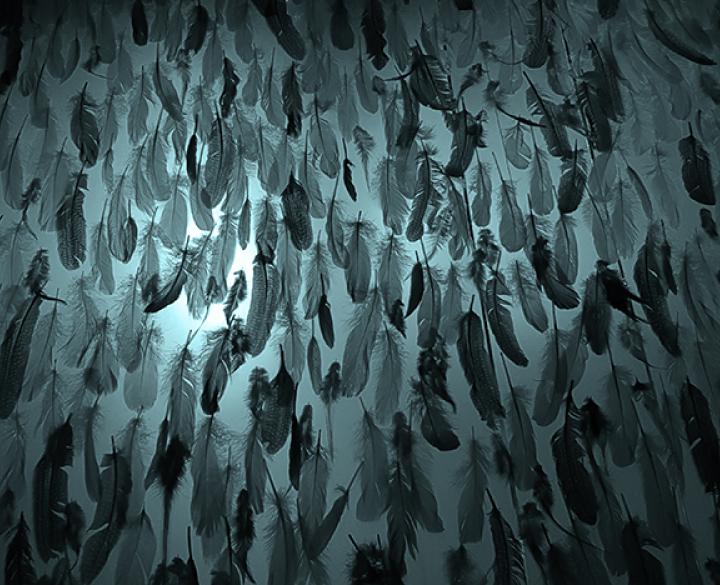Background
According to European Commission, 13.1 million tons of poultry meat was produced in the European Union (EU-28) in 2014 with an estimated generation of 3.1 million tons feather waste. At present the majority of poultry feathers are converted into low nutritional value animal food or disposed in landfills, causing environmental and health hazards.
Objectives
In this context, the overall objective of KaRMA2020 is the industrial exploitation of such underutilized waste to obtain added value raw materials for the chemical sector: keratin, bioplastics, flame retardant coatings, non-woven and thermoset biobased resins.
This will be accomplished through either innovative and sustainable approaches (already patented by some of KaRMA2020 partners), or by conventional and economic techniques.
The obtained raw materials will be manufactured at industrial scale and further used for the production of novel bio-based products such as: slow release fertilizers, biodegradable food packaging plastics, flame retardant coated textiles and flame retardant thermoset biobased composites. The sustainability of the new raw materials and end-products will be evaluated through LCA assessment. Additionally, an integrated waste management plan will be elaborated to minimize environmental impacts generated by wastes.
Commercial applications for keratin derived from the feathers
- Keratin particles can for example be added to biobased plastics for the production of fully compostable and recyclable packaging. In other words, it will be possible to pack a chicken in its own feathers
- Because keratin consists of amino acids, the structure contains a large percentage of nitrogen, one of the main components of a good fertilizer. Therefore, the industrial application of keratin in the fertilizer industry will be evaluated.
- Keratin particles can be incorporated into technical textile coatings:
- By replacing part of the coating material by keratin, the coating becomes partly biobased. The nitrogen that is present in the keratin can have a positive effect on the burning behaviour of the coating. In order to even increase the flame retardant effect, phosphorous components can be linked to the keratin.
- Keratin might also be able to transport water vapour through the coating layer, which is beneficiary to the breathability of the coating.
- In this context, Centexbel will also examine the influence of keratin on the other physical properties of the coating.
- Poultry feathers will be processed as a reinforcement in biobased thermoset composites. Furthermore, copolymers will be made from keratin and humins that will be applied as composite matrix. In the production of spunbond nonwovens, it is also possible to use poultry feathers. Finally, composites will be produced in which feather-based nonwovens will be combined with the feather-modified matrix.
By carrying out a LCA study on the environmental impact of the new processes, the effect of the feather recycling will be monitored in an objective manner.
Acknowledgement
The Flemish project partners are Centexbel and Sioen Industries NV.
The project is supported by the European Union in the Call H2020-SPIRE-3-2016 under project number 723268




